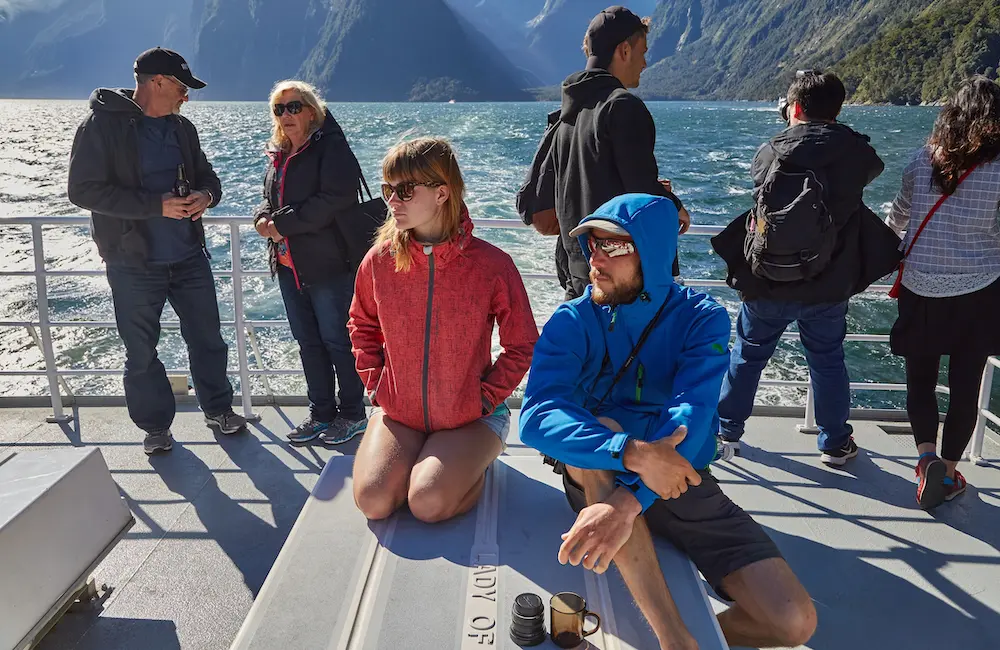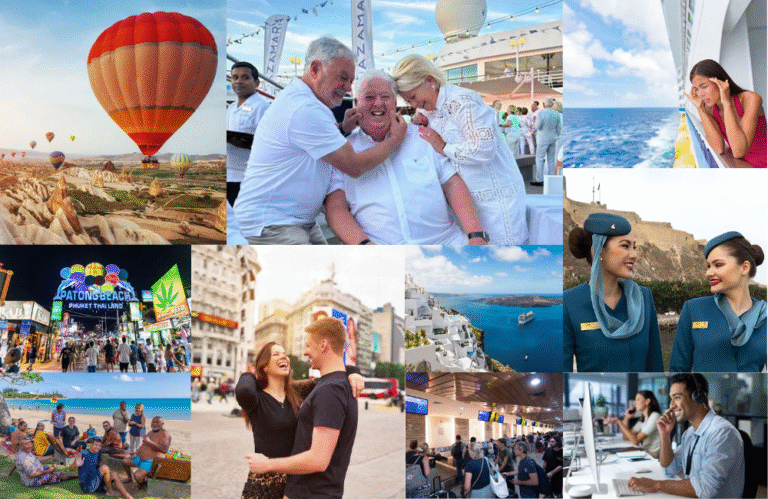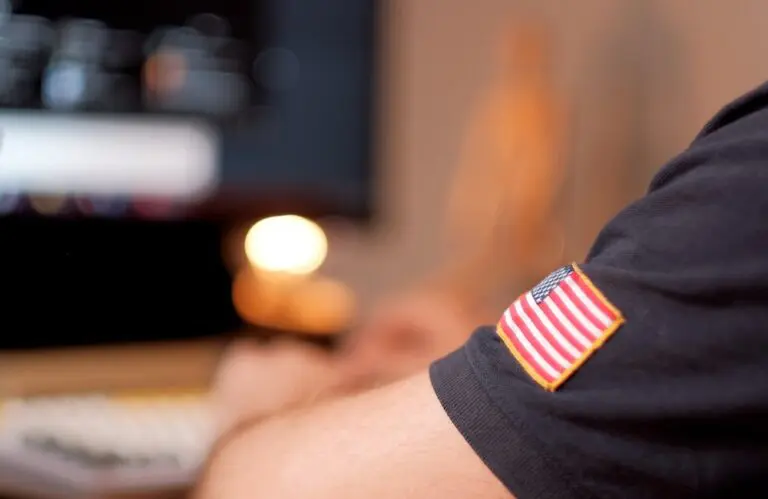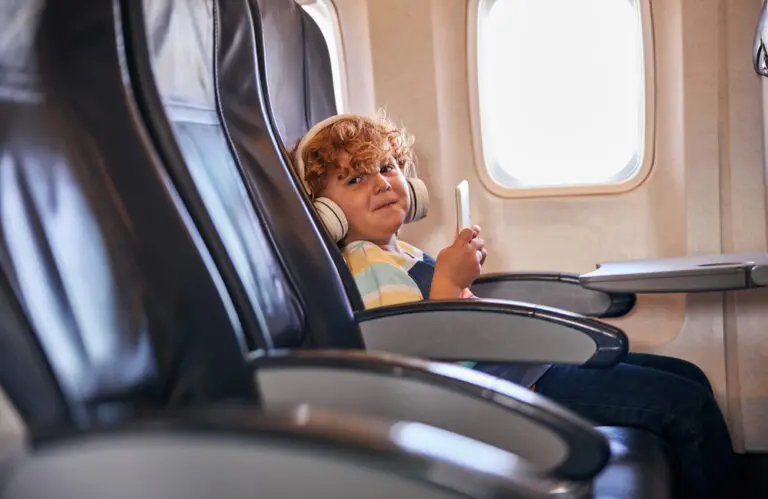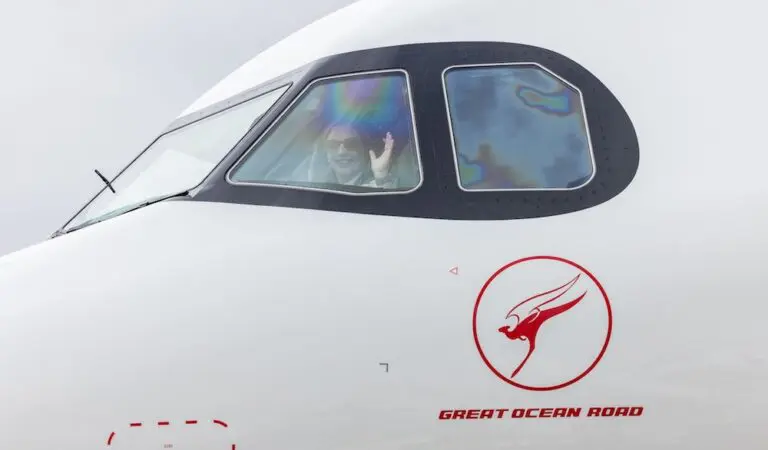From 1 October, International New Zealand-bound travellers will have to pay NZ$100 (around AU$90) to visit the country as part of a higher International Visitor Conservation and Tourism Levy (IVL).
In a joint statement, New Zealand’s Minister for Tourism and Hospitality Matt Doocey and Minister of Conservation Tama Potaka said the IVL has risen to help manage the country’s tourism impact and ensure higher-quality visitor experiences. The IVL was previously NZ$35.
“The Government is serious about enabling the tourism sector to grow as part of our overall goal of doubling exports in 10 years,” Mr Doocey said.
“International tourism plays a hugely important role in the New Zealand economy, with international visitors spending over $11 billion in the year ending March 2024.

“But international tourism also comes with costs to local communities, including additional pressure on regional infrastructure and higher upkeep and maintenance costs across our conservation estate.”
“The IVL was introduced in 2019 as a mechanism to ensure international visitors were contributing directly to these costs, the vast majority of which are paid for by New Zealand taxpayers and ratepayers.”
Doocey added that there was widespread support for the rise, “with the main rationale being an increase would be reasonable to help cover the costs of tourism”.
“Public consultation by the Ministry of Business Innovation and Employment (MBIE) found 93 per cent of submitters supported raising the IVL,” he remarked.
“The new IVL remains competitive with countries like Australia and the UK, and we are confident New Zealand will continue to be seen as an attractive visitor destination by many around the world.”
Doocey also doubts the higher levy would have a significant impact on arrival numbers into NZ.
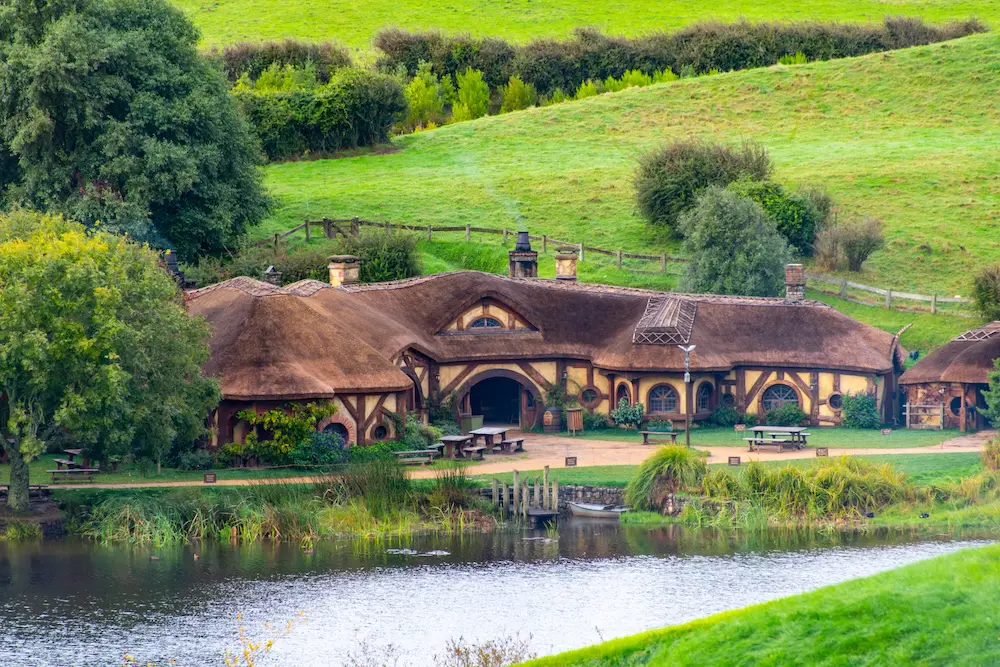
“A $100 IVL would generally make up less than three per cent of the total spending for an international visitor while in New Zealand, meaning it is unlikely to have a significant impact on visitor numbers,” he stated.
“Increasing the IVL means we can continue to grow international tourism to support economic growth while ensuring international visitors contribute to high-value conservation areas and projects, such as supporting biodiversity in national parks and other highly visited areas and improving visitor experiences on public conservation land.”
Mr Potaka said taxpayers currently contribute $884 million a year to tourism and conservation, with this money supporting Tourism New Zealand and protecting places like Milford Sound and Tongariro Alpine Crossing.
Levy to “dent” recovery
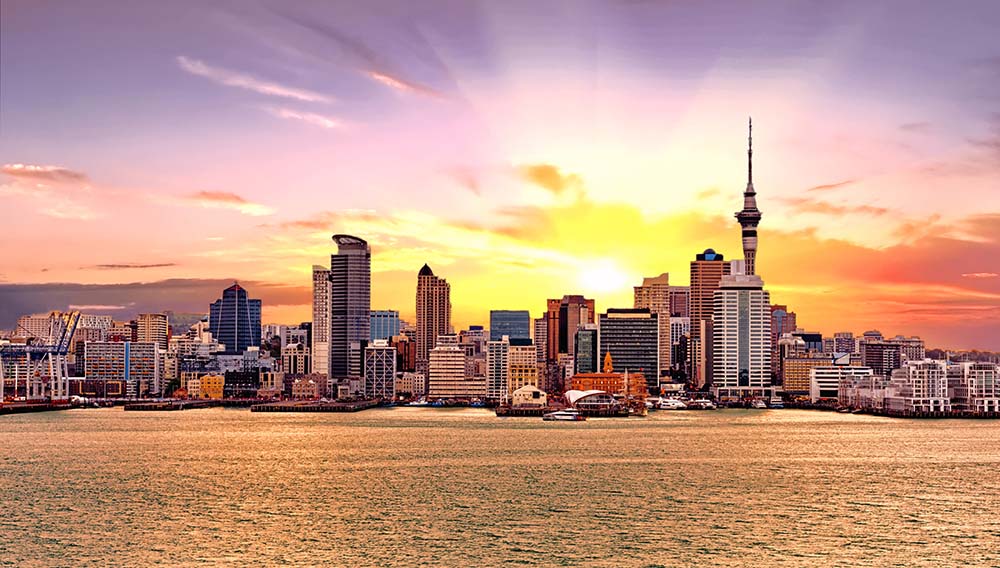
Tourism Industry Aotearoa (TIA) says the increased levy will hurt New Zealand’s tourism industry’s recovery and competitiveness, adding the IVL’s rise will make NZ “incredibly expensive to visit”.
“New Zealand’s tourism recovery is falling behind the rest of the world, and this will further dent our global competitiveness. Airline connectivity isn’t a nice to have for a country at the bottom of the world – it’s essential,” TIA CEO Rebecca Ingram said.
According to TIA, MBIE’s model shows that increasing the IVL to $100 could harm the tourism industry, reducing visitor numbers by 48,000 and cutting visitor spending by $273 million.
“So far, we’ve received no signal from government on its investment plan for the increase in funds from the levy,” Ingram remarked.
“We need transparent, meaningful spend that makes New Zealand better and ensures our tourism offering is world-class.
“Visitor expectations will be significant – we invite the government to work with industry on a plan for how the money is spent to improve the visitor experience and solve problems.”
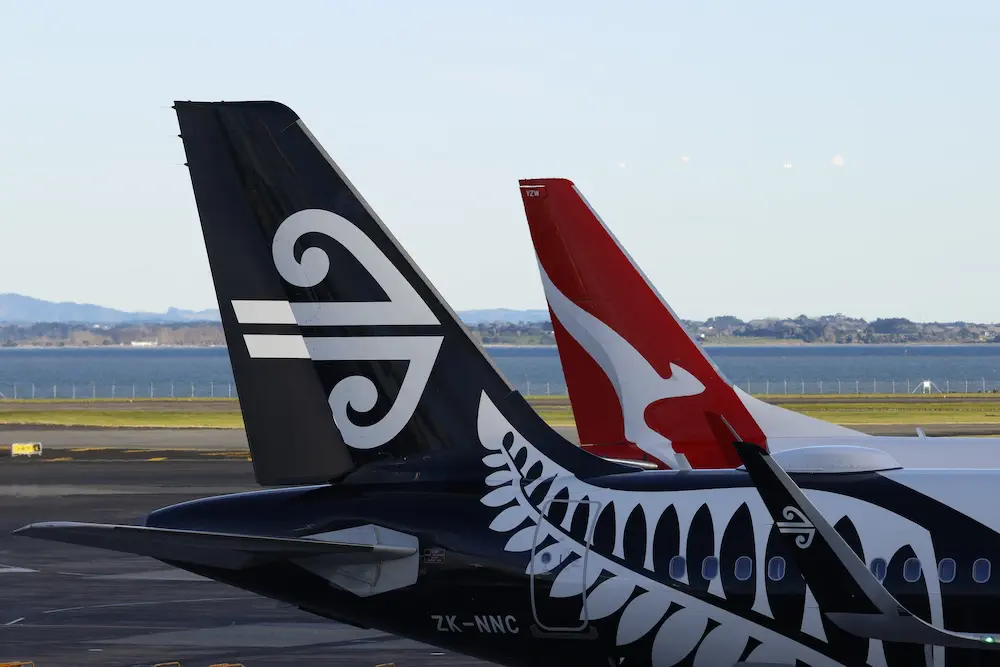
The International Air Transport Association (IATA) is likewise disappointed with the IVL increase.
“It has been a double whammy for the New Zealand travel and tourism sector, starting with New Zealand Immigration announcing steep increases in visa fees, and now the increase in the IVL,” IATA’s Regional Vice President for North Asia and Asia-Pacific Dr Xie Xingquan said.
“These changes make travel to New Zealand more expensive and less attractive and could further delay the recovery in visitor numbers to beyond 2026.”
IATA also pointed out that NZ’s air market is still struggling to keep pace with major markets like Australia, USA, Canada and UK.
“The government’s analysis indicated that more than three times of economic activity will be removed from the country for every dollar generated from additional IVL revenue,” Dr Xie stated.
“Instead of stifling its development, the government should be looking at ways to improve the country’s competitiveness as a destination compared to other markets.”
Thankfully, not everyone entering New Zealand will be required to pay the levy.
Exemptions will apply to travellers with Australian or New Zealand passports, passports from many Pacific Island nations, transit passengers, business visitor visas or APEC business travel cards and holders of New Zealand or Australian permanent resident visas.
For more information on visitor visas to New Zealand, head to https://www.immigration.govt.nz/new-zealand-visas


